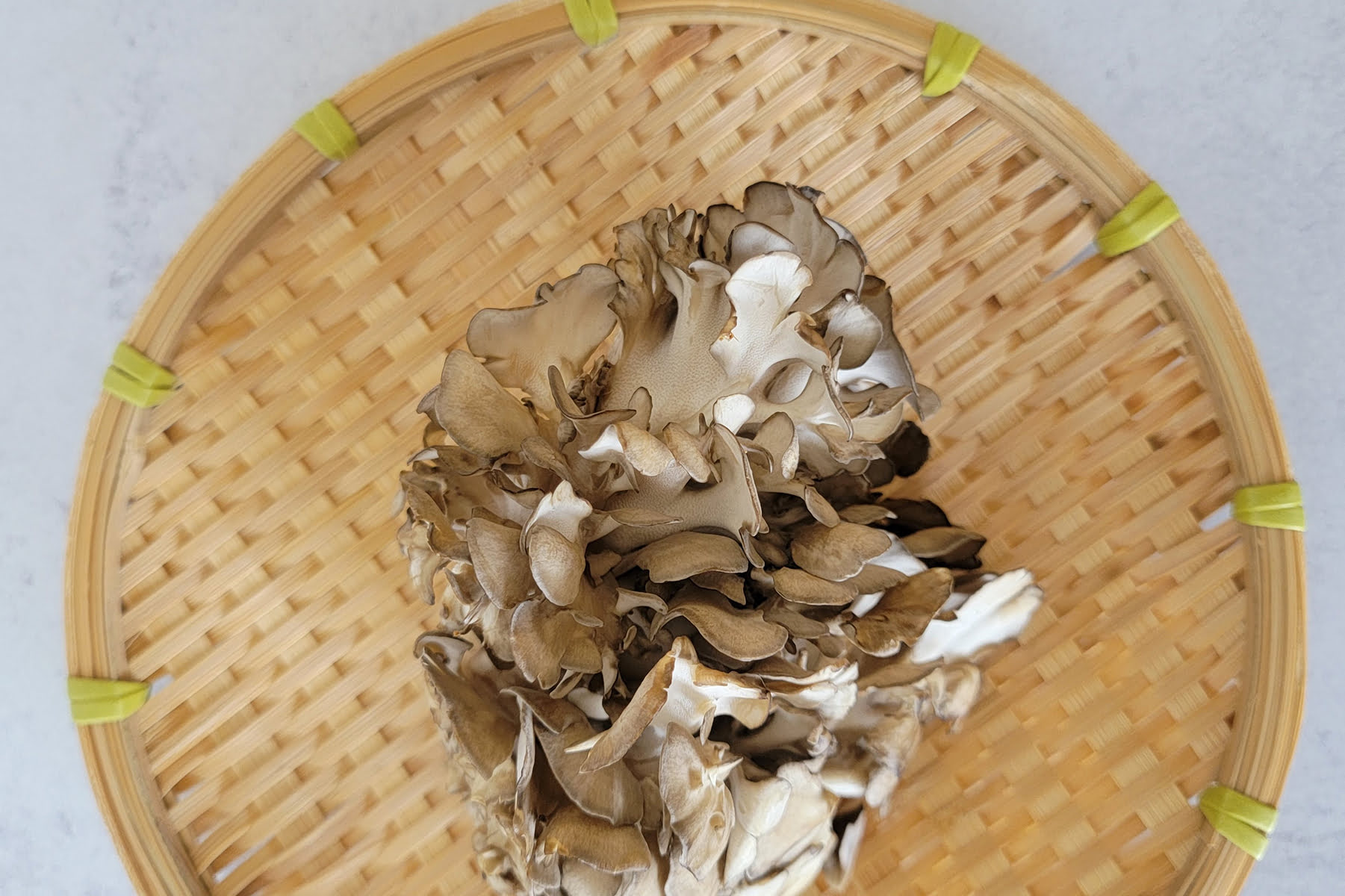

Articles
How To Store Maitake Mushrooms
Modified: April 22, 2024
Learn the best techniques for storing maitake mushrooms with our informative articles. From drying to freezing, discover how to preserve the flavor and freshness of these delicious fungi.
(Many of the links in this article redirect to a specific reviewed product. Your purchase of these products through affiliate links helps to generate commission for Storables.com, at no extra cost. Learn more)
Introduction
Welcome to the world of maitake mushrooms, a flavorful and nutritious variety that has gained popularity in both culinary and health communities. Also known as hen of the woods, maitake mushrooms are prized for their unique taste and potential health benefits.
Whether you have just harvested some fresh maitake mushrooms or purchased them from a market, proper storage is essential to maintain their quality and maximize their shelf life.
In this article, we will guide you through the process of choosing, cleaning, and storing maitake mushrooms. We will also explore different methods for preserving these delectable mushrooms, such as freezing, drying, and turning them into powder.
By following these guidelines, you will be able to enjoy the rich flavor and numerous health benefits of maitake mushrooms for longer periods, ensuring that none of these precious fungi go to waste.
Key Takeaways:
- Properly storing maitake mushrooms is essential for maintaining their freshness and flavor. From selecting the best mushrooms to freezing and turning them into powder, various methods ensure you can enjoy their unique taste and health benefits year-round.
- Whether you’re a culinary enthusiast or health-conscious individual, maitake mushrooms offer both flavor and nutrition. By following proper storage techniques, you can savor these delightful fungi and make the most out of their rich taste and health benefits.
Read more: How To Store Morel Mushrooms
Choosing and Selecting Maitake Mushrooms
When it comes to selecting maitake mushrooms, freshness is key. Look for mushrooms that are firm and have a rich, earthy aroma. Avoid any mushrooms that have a slimy texture, discolored spots, or a strong unpleasant odor.
It’s always best to choose maitake mushrooms that are still attached to the base or log they were grown on, as this ensures maximum freshness. Alternatively, you can also opt for loose maitake mushrooms, but make sure they are stored properly and haven’t been sitting out for too long.
Size is not always an indication of mushroom quality. Both small and large maitake mushrooms can be equally delicious. The choice depends on personal preference, as larger mushrooms can have a stronger flavor and meatier texture, while smaller ones tend to be more delicate.
If you have the opportunity, consider purchasing locally grown maitake mushrooms, as they are likely to be fresher and more sustainable. Supporting local farmers not only ensures high-quality produce but also helps the environment.
Now that you know how to choose the best maitake mushrooms let’s move on to cleaning and preparing them for storage.
Cleaning Maitake Mushrooms
Properly cleaning maitake mushrooms is essential to remove any dirt, debris, or pesticides that may be present. Here’s a step-by-step guide on how to clean your maitake mushrooms:
- Start by gently brushing off any visible dirt or debris from the mushrooms using a soft-bristled brush or a damp paper towel. Be careful not to apply too much pressure and damage the delicate mushroom caps.
- Next, fill a bowl or basin with cold water. Gently submerge the mushrooms one by one, swishing them around to dislodge any remaining dirt or debris.
- Allow the mushrooms to soak in the water for a few minutes. This helps to loosen any stubborn dirt or insects that may be clinging to the mushrooms.
- After soaking, lift the mushrooms out of the water and place them on a clean kitchen towel or paper towels to dry. You can pat them gently to remove any excess moisture.
- Inspect each mushroom carefully for any remaining dirt or blemishes. If needed, use a paring knife or a small brush to remove any stubborn dirt or trim away any spoiled parts.
- Your maitake mushrooms are now clean and ready to be stored or prepared for cooking.
It’s important to note that rinsing mushrooms under running water is not recommended as they can act like sponges and absorb excess water, which can affect their texture and flavor. The immersion method described above ensures thorough cleaning without compromising the mushrooms’ integrity.
Now that your maitake mushrooms are clean, let’s move on to the various methods of storing them for future use.
Storing Fresh Maitake Mushrooms
Proper storage is essential to maintain the freshness and quality of fresh maitake mushrooms. Here are some guidelines to help you store them properly:
- Start by gently patting dry the mushrooms using a clean kitchen towel or paper towels. Excess moisture can lead to spoilage, so it’s important to remove any dampness.
- Next, wrap the mushrooms loosely in a dry paper towel or place them in a perforated plastic bag. This helps to absorb any excess moisture and allows the mushrooms to breathe.
- Store the wrapped or bagged mushrooms in the refrigerator. The ideal temperature for storing maitake mushrooms is around 32-36°F (0-2°C). Avoid placing them near strong-smelling foods as mushrooms can easily absorb odors.
- Check the mushrooms regularly for any signs of spoilage. If you notice any dark spots, sliminess, or a foul odor, discard those mushrooms immediately to prevent cross-contamination.
- Fresh maitake mushrooms can typically be stored in the refrigerator for up to 7-10 days, although their freshness may start to decline after the first few days. It’s best to use them as soon as possible to enjoy their full flavor and texture.
Remember, freshness is key when it comes to maitake mushrooms. By following these storage guidelines, you can extend their shelf life and ensure that the mushrooms remain in optimal condition until you’re ready to use them.
Now that you know how to store fresh maitake mushrooms, let’s explore the options for storing cooked maitake mushrooms.
Storing Cooked Maitake Mushrooms
If you have leftover cooked maitake mushrooms, proper storage is crucial to maintain their flavor and texture. Here’s how you can store cooked maitake mushrooms:
- Allow the cooked mushrooms to cool completely before storing. This helps prevent condensation and moisture buildup, which can lead to spoilage.
- Transfer the cooked mushrooms to an airtight container or a resealable plastic bag. Make sure to remove any excess liquid or sauce to prevent sogginess.
- Seal the container tightly or close the bag securely, squeezing out as much air as possible.
- Label the container or bag with the date to keep track of their freshness.
- Store the cooked maitake mushrooms in the refrigerator. They can typically be stored for up to 3-4 days.
It’s important to note that reheating cooked maitake mushrooms can affect their texture, so it’s best to use them in dishes where they don’t require reheating, such as salads or sandwiches. If you do need to reheat them, do so gently and for a short period to avoid overcooking.
In case you don’t plan to use the cooked mushrooms within a few days, you can also freeze them for longer-term storage.
Next, let’s explore the process of freezing maitake mushrooms.
Store Maitake mushrooms in a paper bag in the refrigerator to help maintain their freshness and prevent them from becoming too moist or slimy. Avoid storing them in a plastic bag, as this can cause them to spoil more quickly.
Read more: How To Store Enoki Mushrooms
Freezing Maitake Mushrooms
Freezing maitake mushrooms is an excellent option for long-term storage, allowing you to enjoy their flavor and nutritional benefits even after several months. Here’s a step-by-step guide on how to freeze maitake mushrooms:
- Start by cleaning the maitake mushrooms as mentioned earlier, ensuring they are free from any dirt or debris.
- Trim off any tough stems and cut the mushrooms into your desired size or shape. You can slice them, dice them, or leave them whole, depending on how you plan to use them later.
- Blanch the mushrooms briefly to preserve their color, texture, and flavor. Bring a large pot of water to a boil and add the mushrooms. Boil them for 1-2 minutes, then quickly transfer them to a bowl of ice water to cool and stop the cooking process.
- Once cooled, drain the mushrooms thoroughly and pat them dry with a clean cloth or paper towels.
- Place the mushrooms in a single layer on a baking sheet lined with parchment paper. This helps prevent them from sticking together during freezing.
- Put the baking sheet with the mushrooms in the freezer and let them freeze for a few hours until they are firm.
- Transfer the frozen mushrooms to a freezer-safe bag or airtight container. Make sure to remove any excess air before sealing to prevent freezer burn.
- Label the bag or container with the date and the contents.
- Return the mushrooms to the freezer and store them for up to 6-8 months.
When you’re ready to use the frozen maitake mushrooms, simply remove the desired amount from the freezer and thaw them in the refrigerator overnight. They can then be used in soups, stews, stir-fries, or any other dish of your choice.
Now that you know how to freeze maitake mushrooms, let’s explore another method of preserving them: drying.
Drying Maitake Mushrooms
Drying maitake mushrooms is a popular method of preserving them for long-term storage. Dried mushrooms can be rehydrated and used in a variety of dishes, imparting a concentrated flavor and unique texture. Here’s how you can dry maitake mushrooms:
- Clean the maitake mushrooms thoroughly as mentioned earlier, making sure there is no dirt or debris on them.
- Trim off any tough stems and cut the mushrooms into uniform-sized pieces. The thickness can vary depending on your preference, but thinner slices tend to dry faster.
- There are a few different methods you can use to dry the mushrooms:
- Air drying: Place the mushroom slices on a clean and dry surface, preferably on a wire rack or a baking sheet. Ensure there is enough airflow around the mushrooms. Leave them in a well-ventilated area, away from direct sunlight, for several days until they become brittle.
- Oven drying: Preheat your oven to the lowest temperature possible (around 130-150°F or 55-65°C). Spread the mushroom slices on a baking sheet lined with parchment paper and place it in the oven. Leave the oven door slightly ajar to allow moisture to escape. Let the mushrooms dry for several hours, checking them periodically until they are completely dehydrated.
- Dehydrator: If you have a food dehydrator, follow the manufacturer’s instructions for drying mushrooms. Typically, you would arrange the mushroom slices on the dehydrator trays, set the temperature to around 120-130°F (50-55°C), and let them dry for 6-8 hours or until they are crisp.
- Once the mushrooms are dry and crispy, let them cool completely.
- Store the dried mushrooms in an airtight container or a resealable bag. Make sure to label the container with the date and the type of mushrooms.
- Keep the container in a cool, dry place, away from direct sunlight and moisture. Properly dried mushrooms can last for several months to a year if stored correctly.
When you’re ready to use the dried maitake mushrooms, simply rehydrate them by soaking them in hot water or stock for about 20-30 minutes until they become pliable and soft. Drain off the excess liquid and use the rehydrated mushrooms in various recipes, such as soups, sauces, stir-fries, or risottos.
Now that you know how to dry maitake mushrooms, let’s explore another option for preserving them: turning them into powder.
Storing Maitake Mushroom Powder
Maitake mushroom powder is a convenient and versatile way to preserve the flavor and nutrients of maitake mushrooms. It can be used as a seasoning or flavor enhancer in a variety of dishes. Here’s how you can store maitake mushroom powder:
- Start by drying the maitake mushrooms using one of the methods mentioned earlier, such as air drying, oven drying, or using a food dehydrator. Make sure the mushrooms are completely dry and brittle.
- Once the mushrooms are dry, grind them into a fine powder using a spice grinder, coffee grinder, or a mortar and pestle. Take care to remove any hard stem pieces that may not grind well.
- Transfer the maitake mushroom powder to an airtight container or a glass jar with a tight-fitting lid.
- Label the container with the date and the contents.
- Store the maitake mushroom powder in a cool, dark place, away from moisture and sunlight. The powder can retain its flavor and quality for several months to a year if stored properly.
When using maitake mushroom powder, remember that a little goes a long way. You can sprinkle it onto dishes like soups, stews, sauces, and marinades, or incorporate it into seasoning blends and rubs for meats and vegetables. Experiment with different amounts to find the right balance and intensity of flavor for your taste preferences.
Maitake mushroom powder is a great addition to your pantry as it allows you to enjoy the distinct taste and nutritional benefits of maitake mushrooms throughout the year.
Now that you know how to store maitake mushroom powder, let’s wrap up this article.
Conclusion
Proper storage of maitake mushrooms is crucial to maintain their freshness, flavor, and nutritional value. Whether you have fresh maitake mushrooms or cooked ones, there are various methods available to preserve them for future use.
When selecting maitake mushrooms, look for firm, fresh specimens with a pleasant aroma. Avoid mushrooms with sliminess or discoloration. Locally grown mushrooms are often the best choice in terms of freshness and sustainability.
Cleaning maitake mushrooms is a simple process that involves brushing off any dirt or debris and rinsing them gently in cold water. Avoid rinsing them under running water to prevent them from becoming waterlogged.
Storing fresh maitake mushrooms requires wrapping them in a paper towel or placing them in a perforated plastic bag in the refrigerator. This helps to absorb excess moisture and allows the mushrooms to breathe. Check them regularly for any signs of spoilage.
For cooked maitake mushrooms, allow them to cool before transferring them to an airtight container or bag. Properly stored, they can last for a few days in the refrigerator.
If you have an abundance of maitake mushrooms, freezing them is a great option. Blanch the mushrooms, freeze them on a baking sheet, and then transfer them to a freezer bag. They can be stored for several months.
Drying maitake mushrooms allows for long-term storage by air drying, oven drying, or using a food dehydrator. Once dry, store them in an airtight container and rehydrate them as needed before use.
Maitake mushroom powder is a convenient way to enjoy the flavor and nutrients of maitake mushrooms. Grind dried mushrooms into a powder and store them in an airtight container. Add the powder to various dishes for an extra burst of flavor.
By following these guidelines, you can make the most out of your maitake mushrooms and savor their delightful taste and health benefits throughout the year.
So next time you come across these fascinating fungi, don’t let them go to waste. Implement proper storage techniques to ensure you can enjoy maitake mushrooms in all their delicious glory whenever you desire.
Frequently Asked Questions about How To Store Maitake Mushrooms
Was this page helpful?
At Storables.com, we guarantee accurate and reliable information. Our content, validated by Expert Board Contributors, is crafted following stringent Editorial Policies. We're committed to providing you with well-researched, expert-backed insights for all your informational needs.
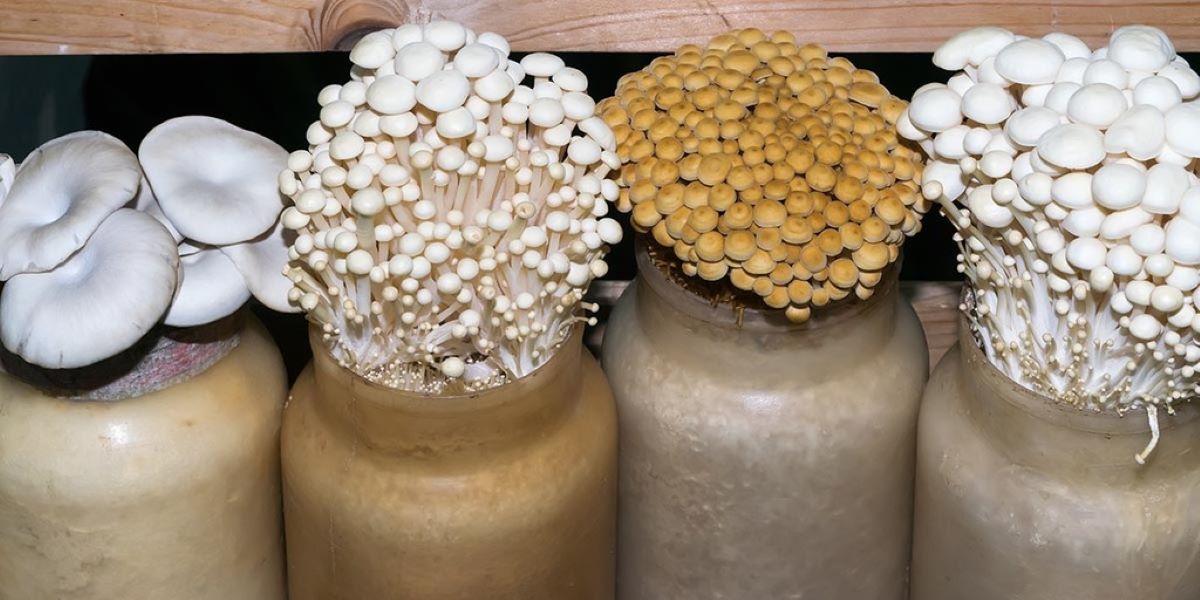

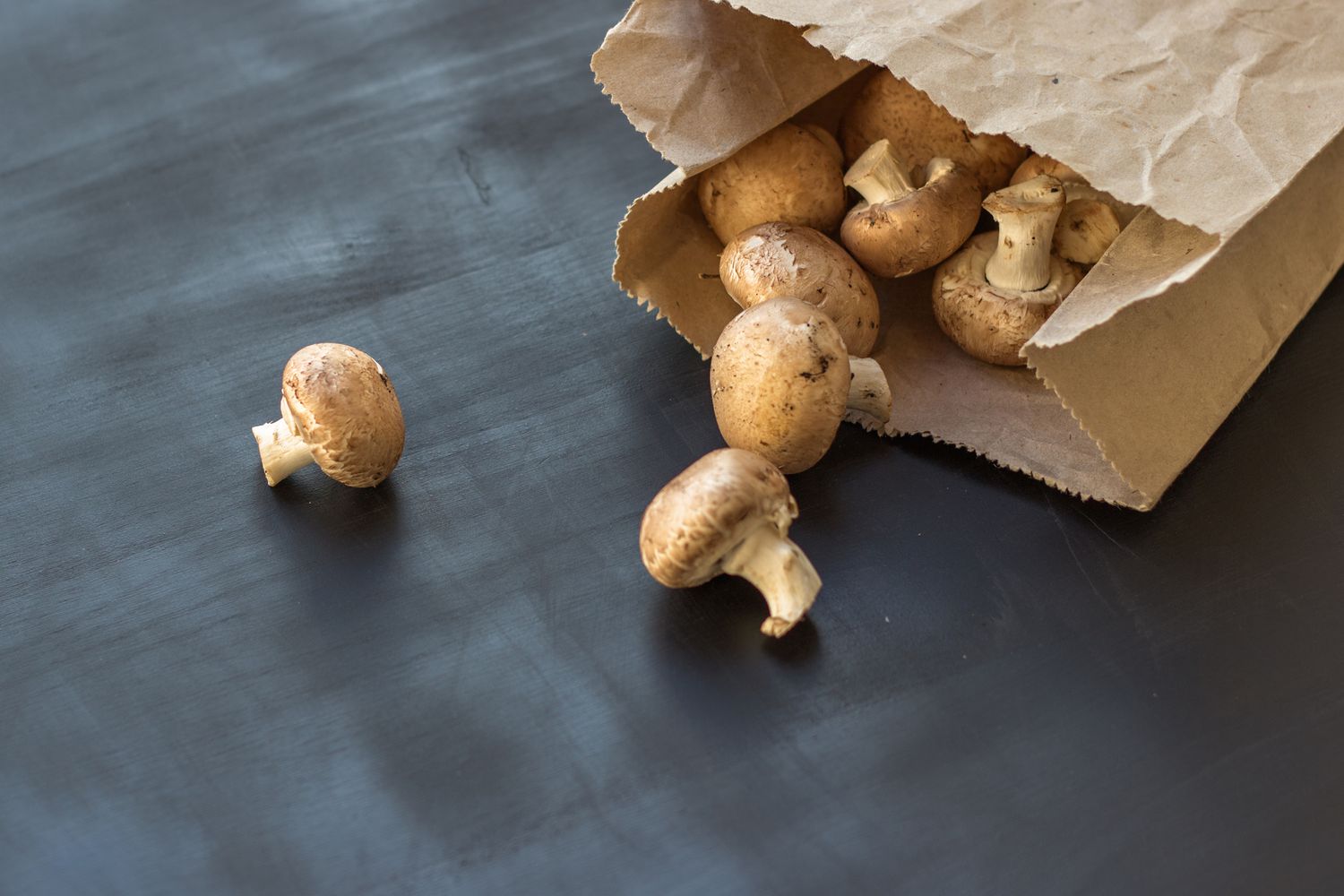
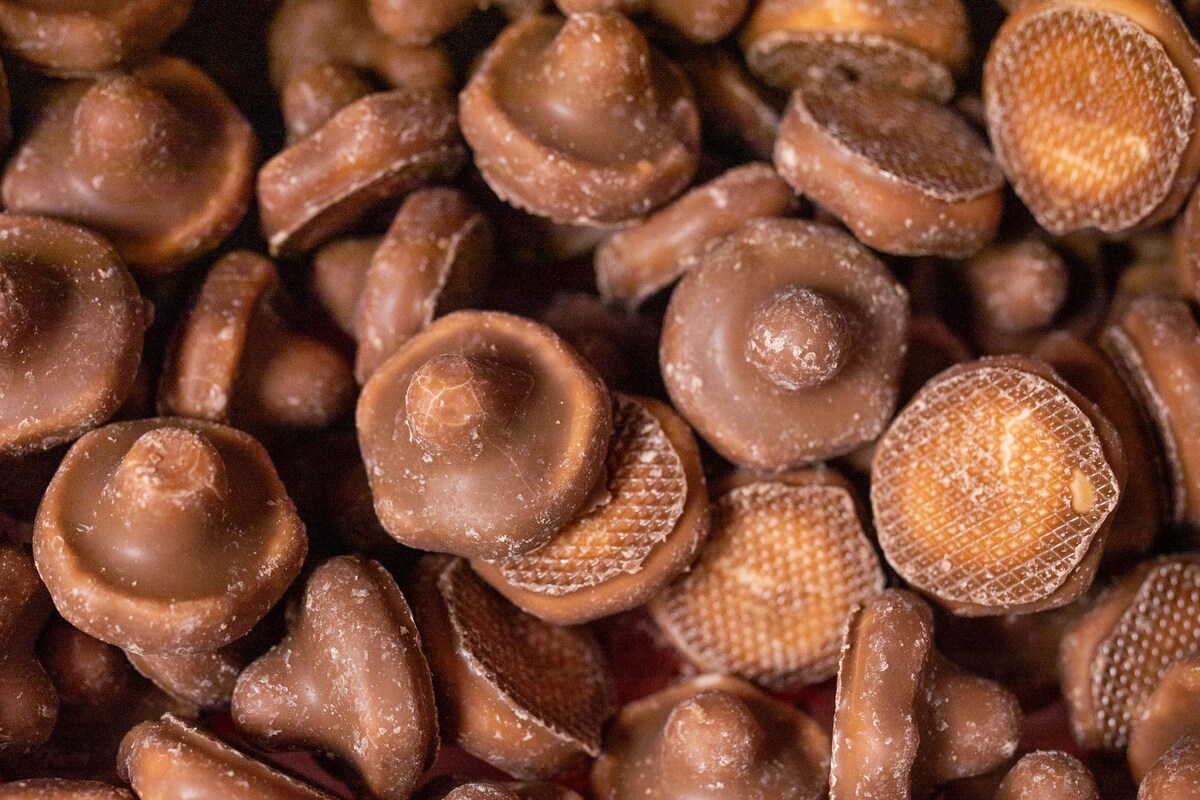
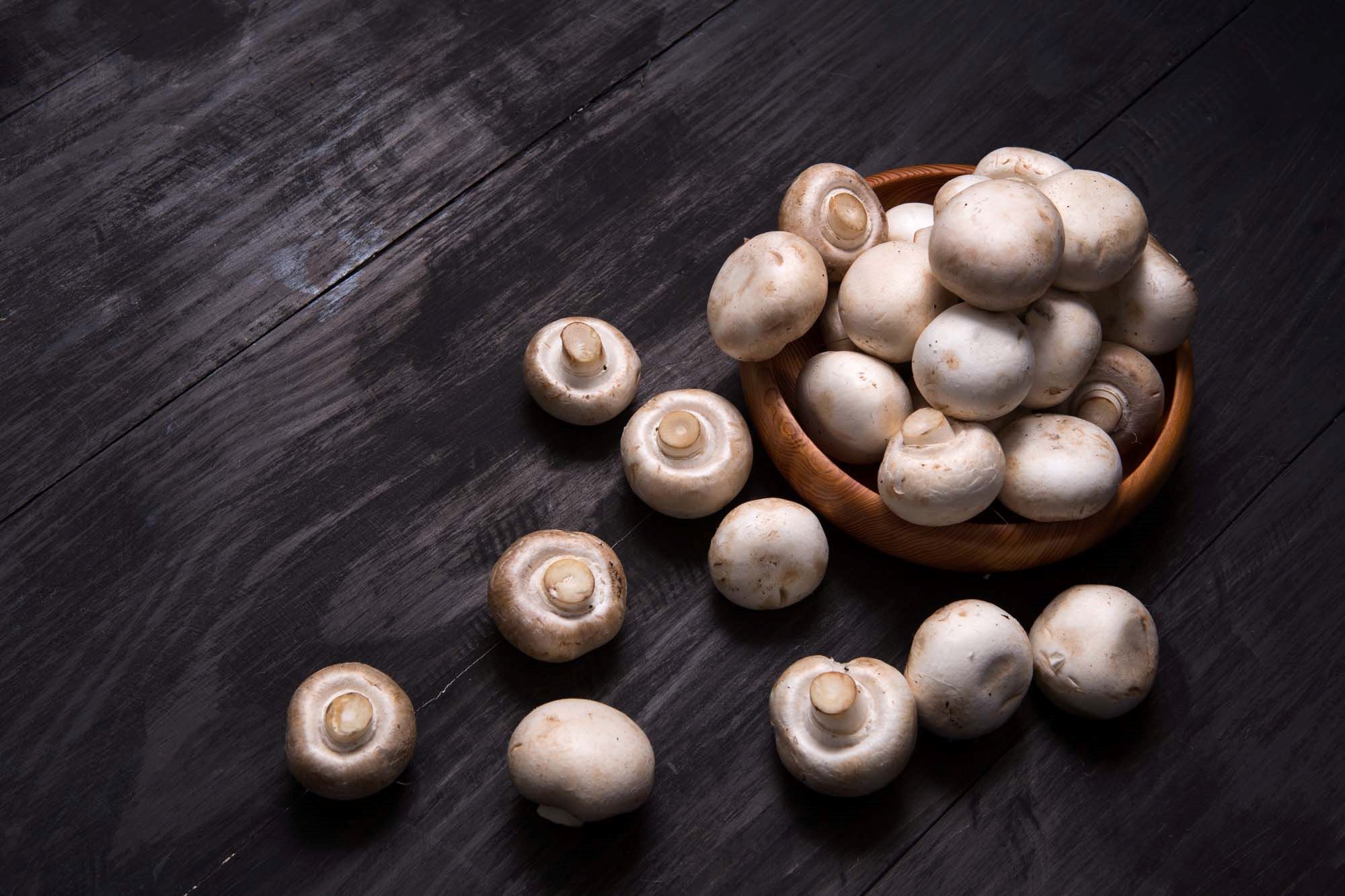
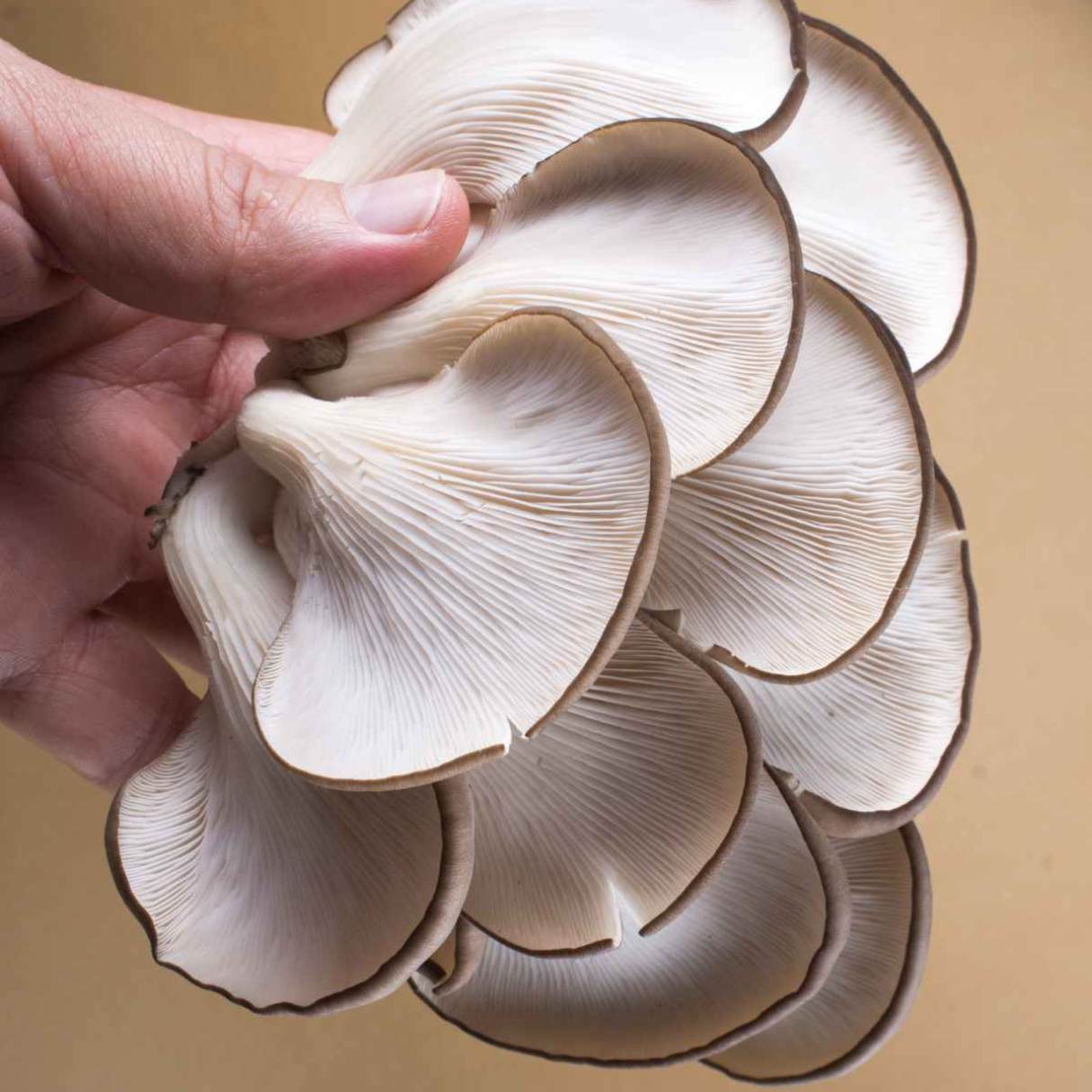
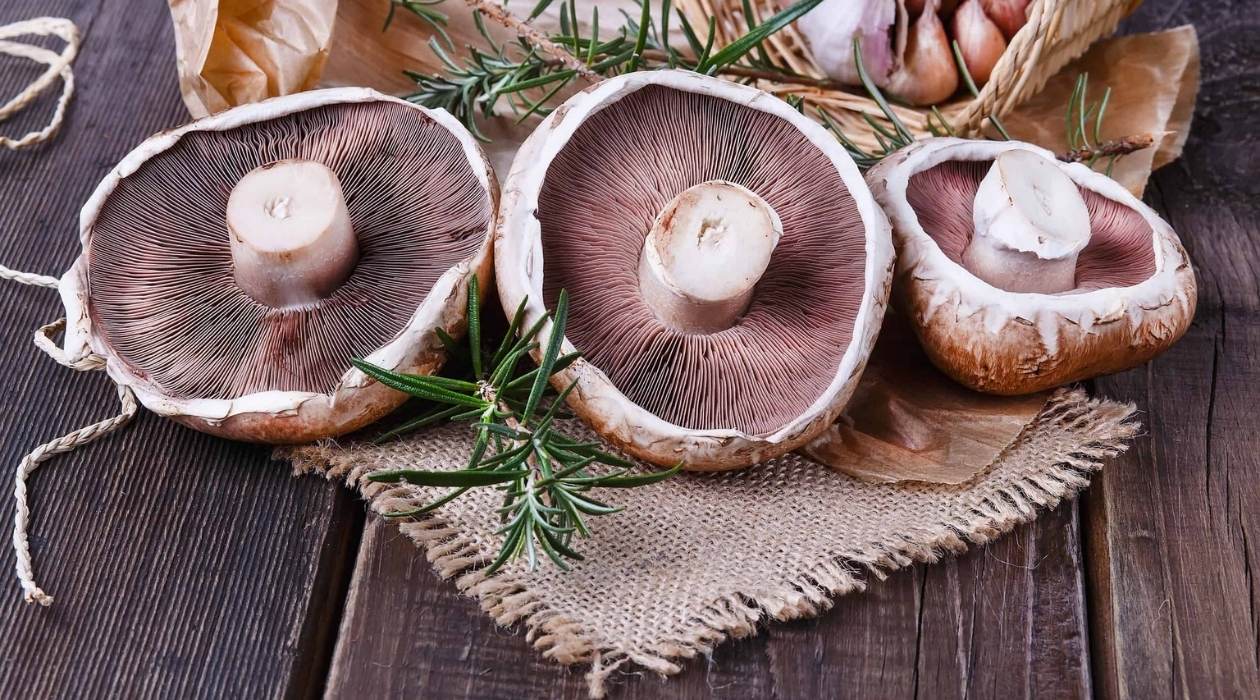
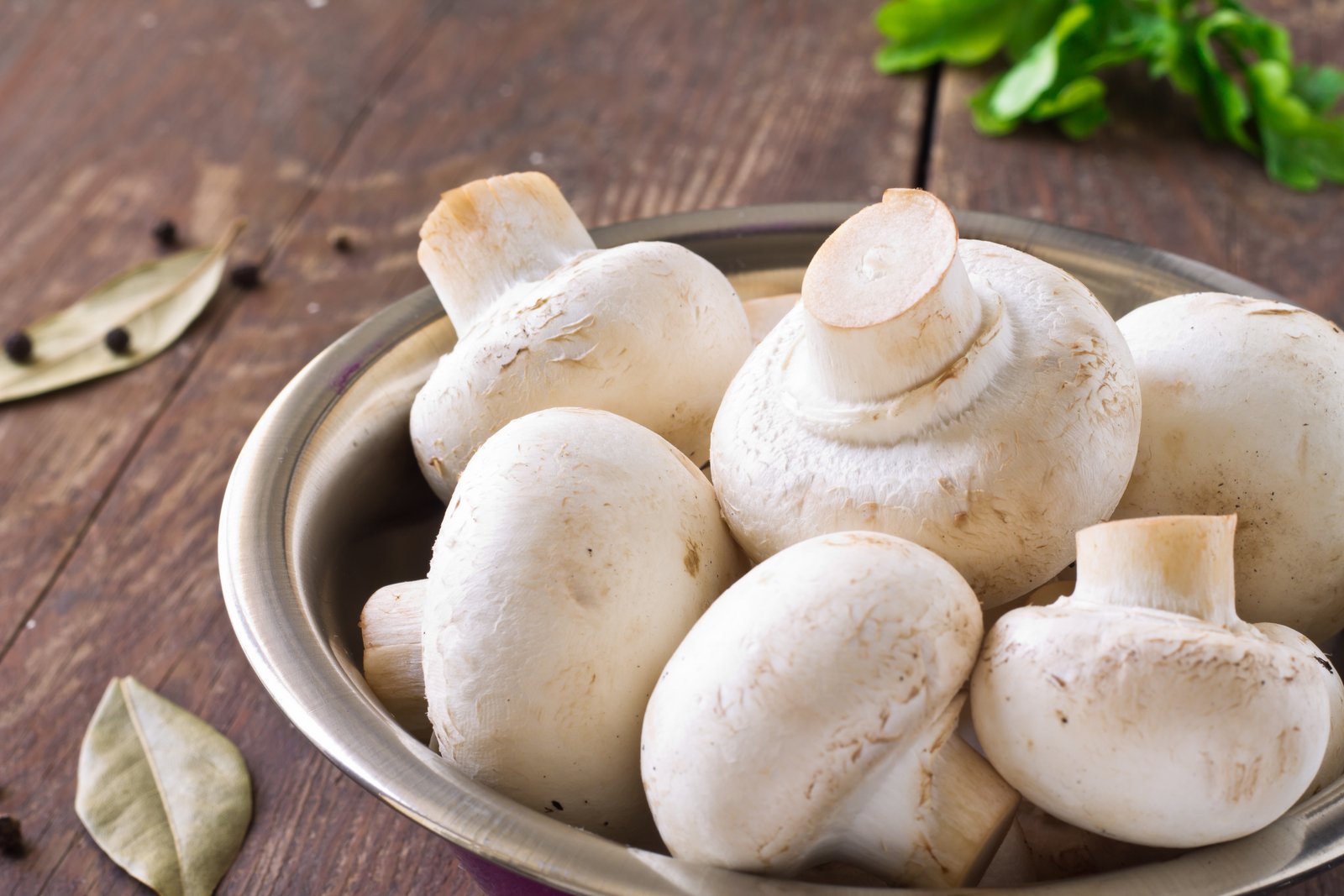
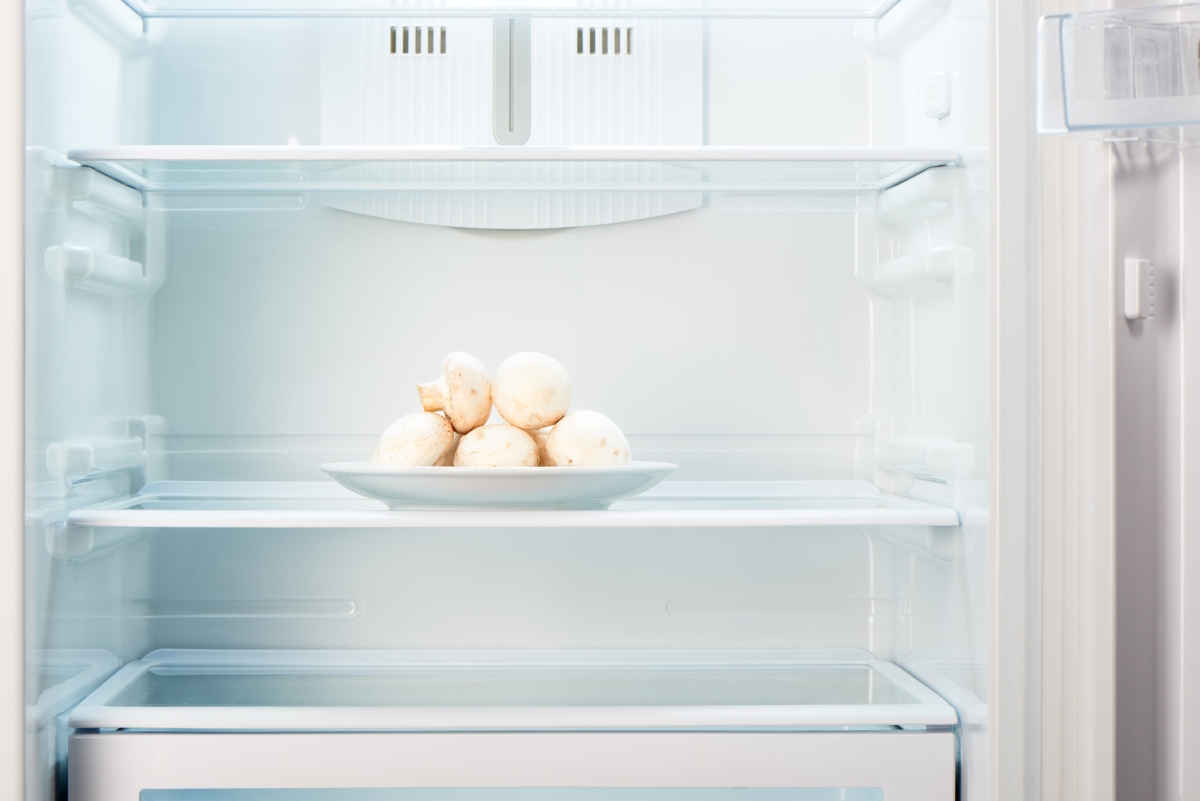
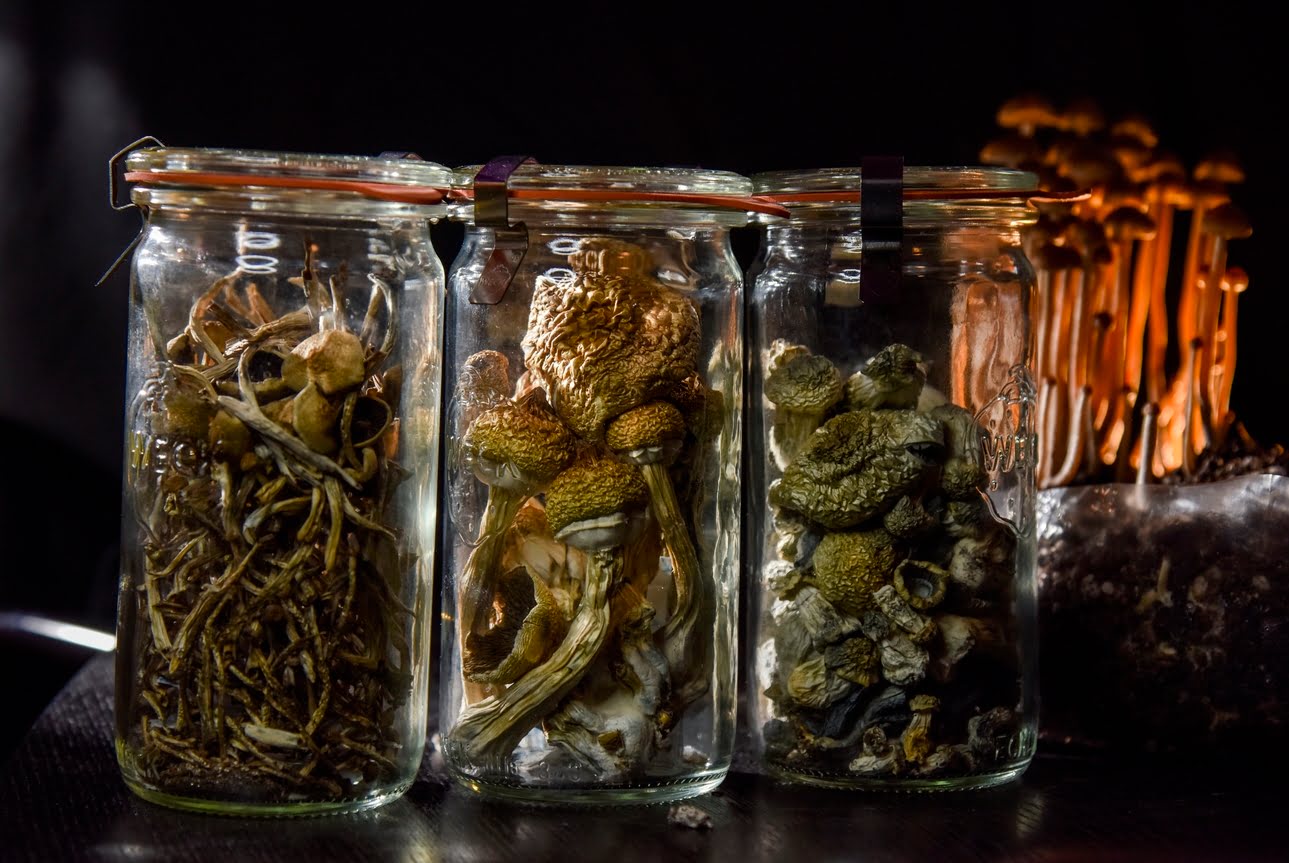
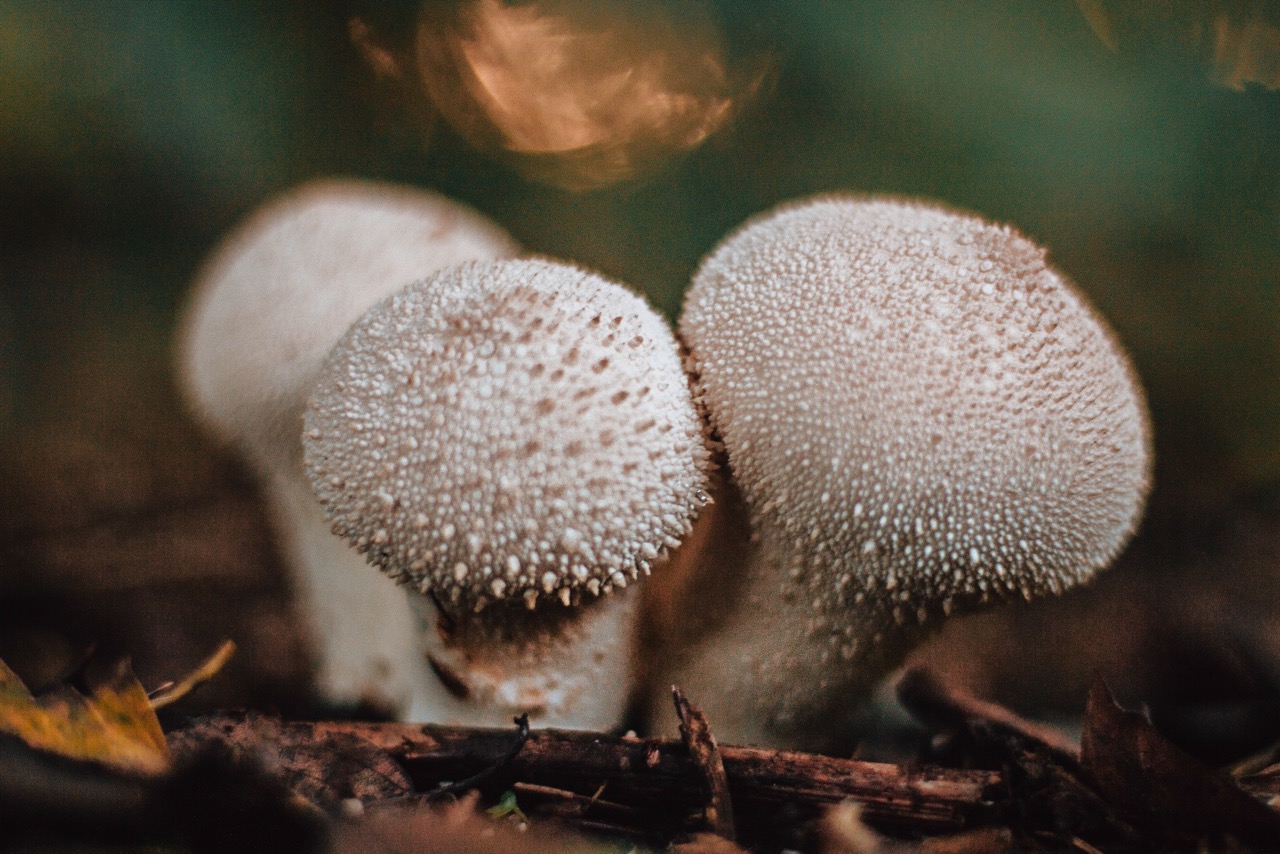
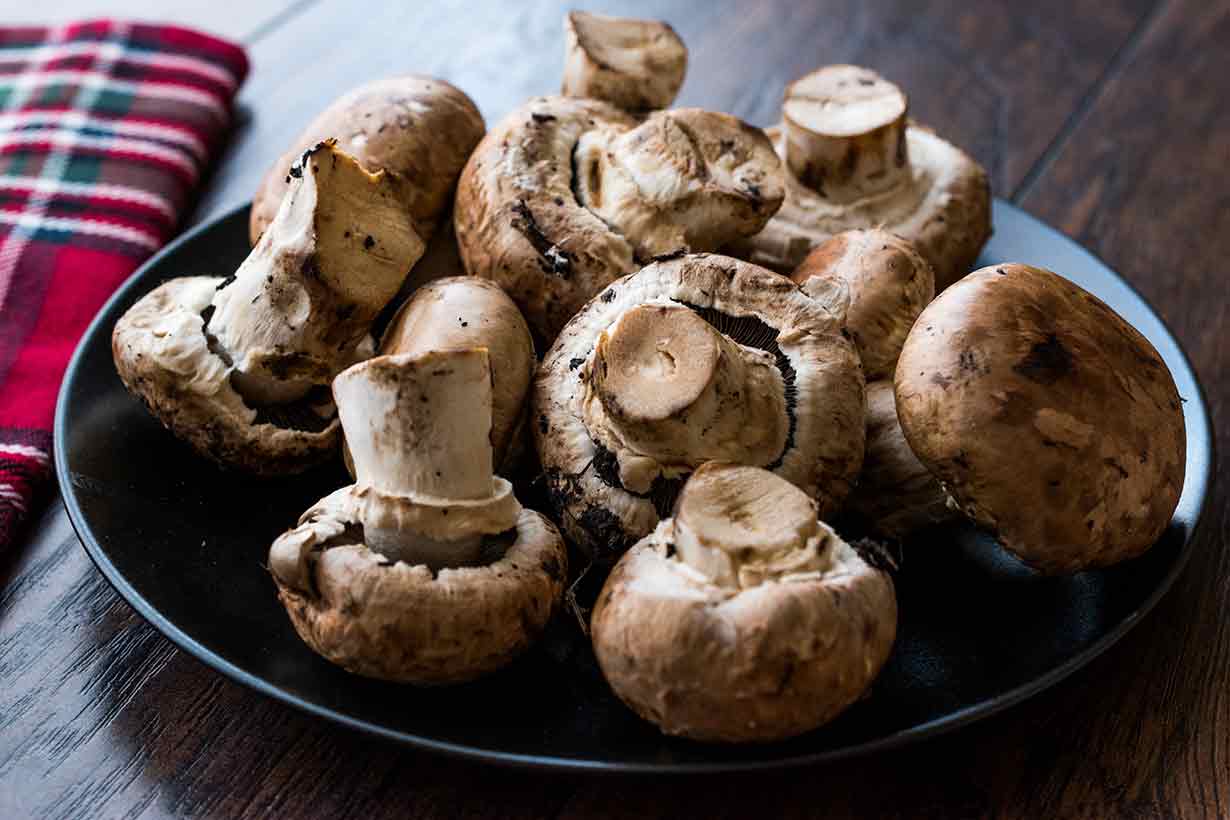
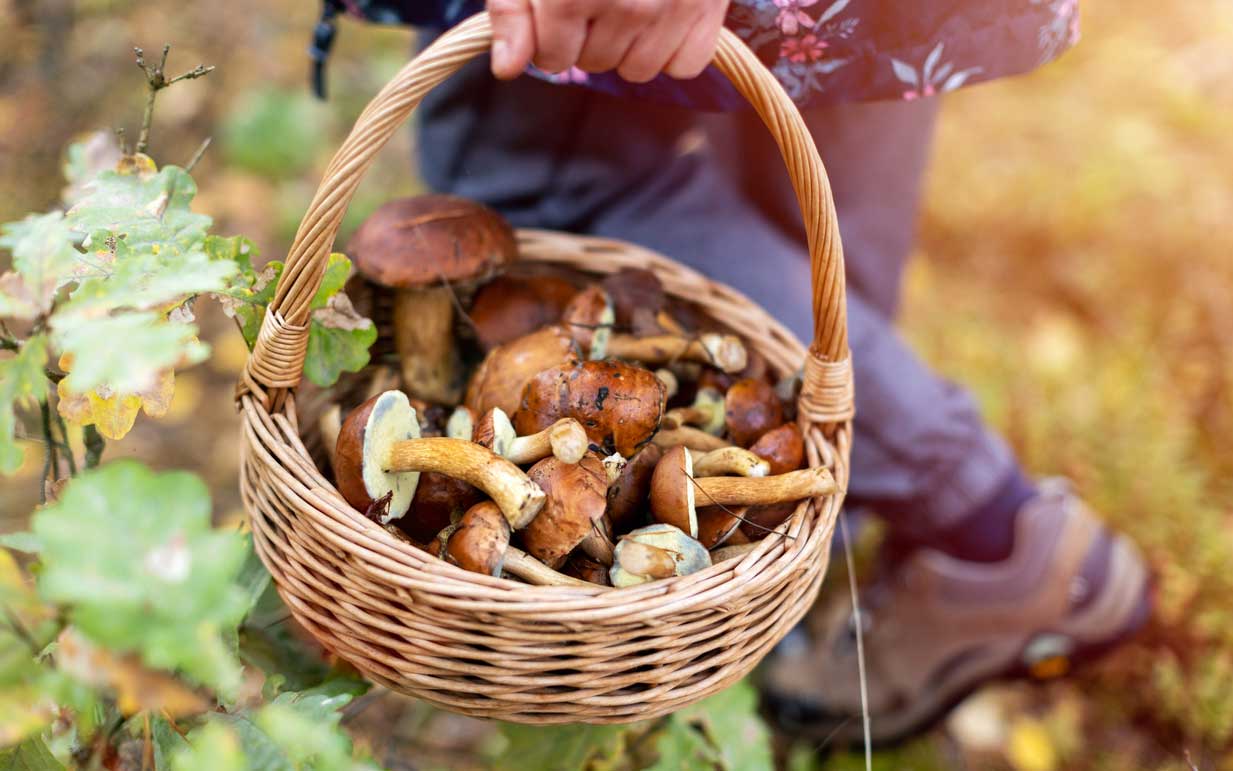
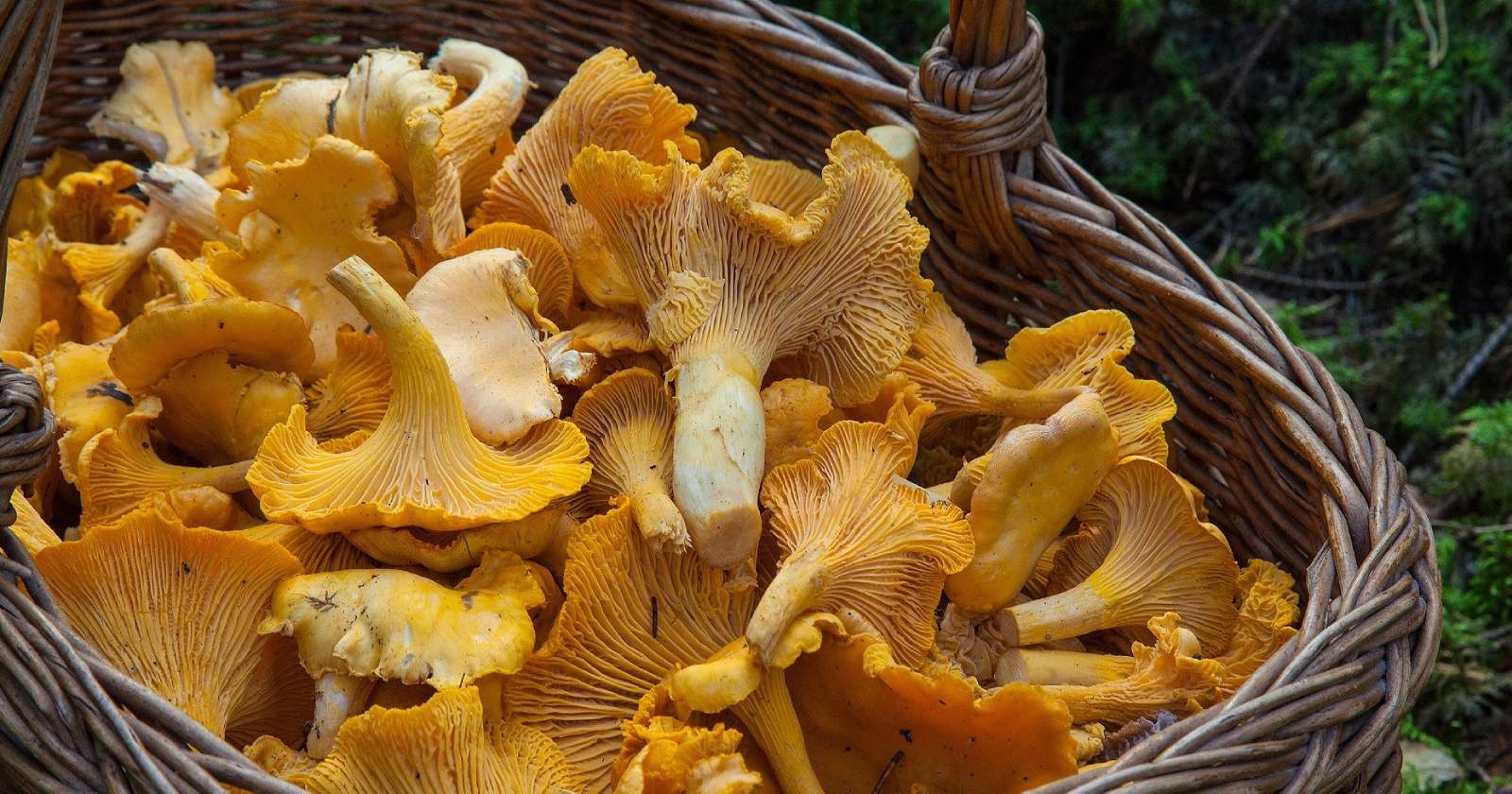

0 thoughts on “How To Store Maitake Mushrooms”